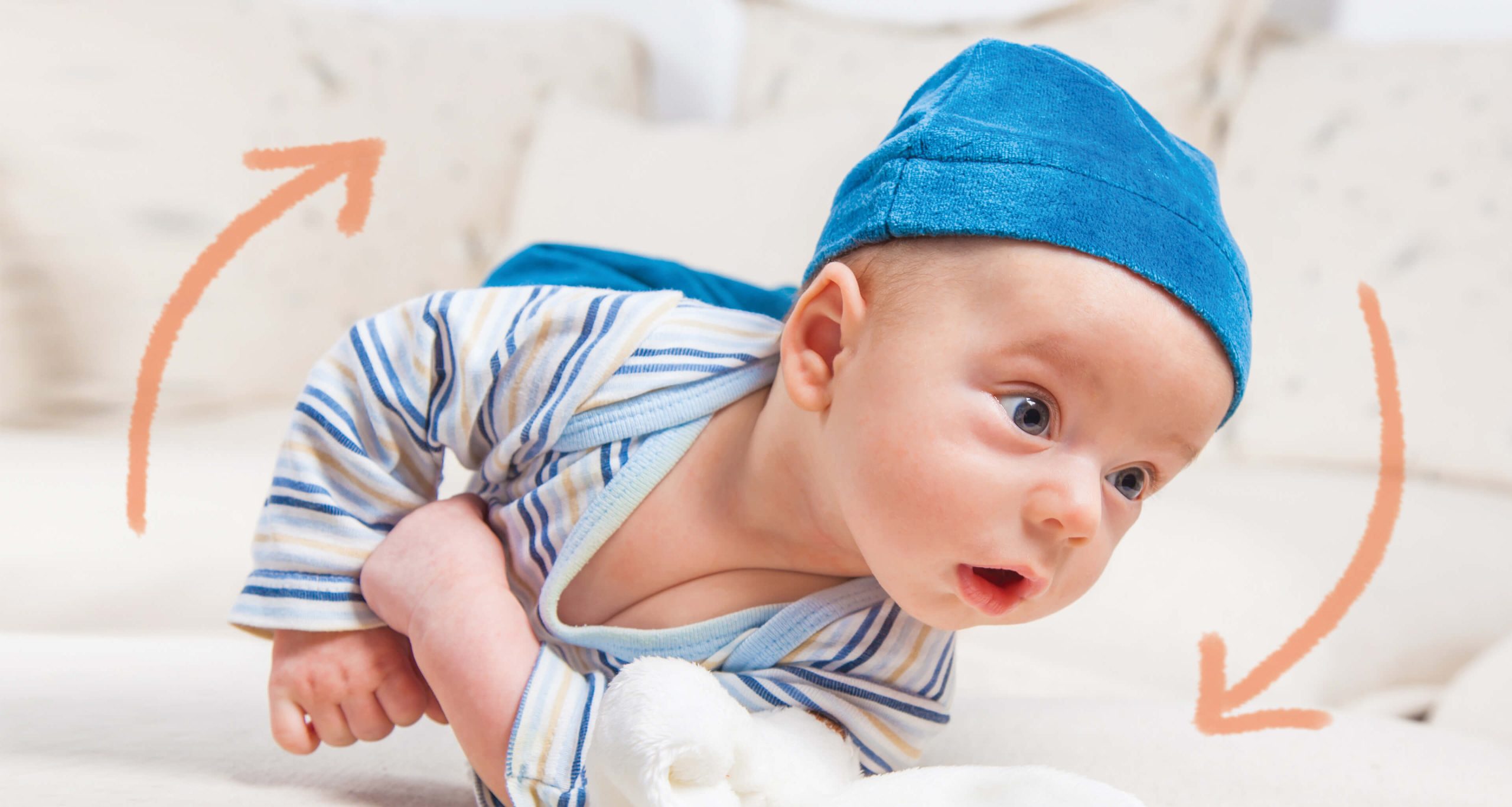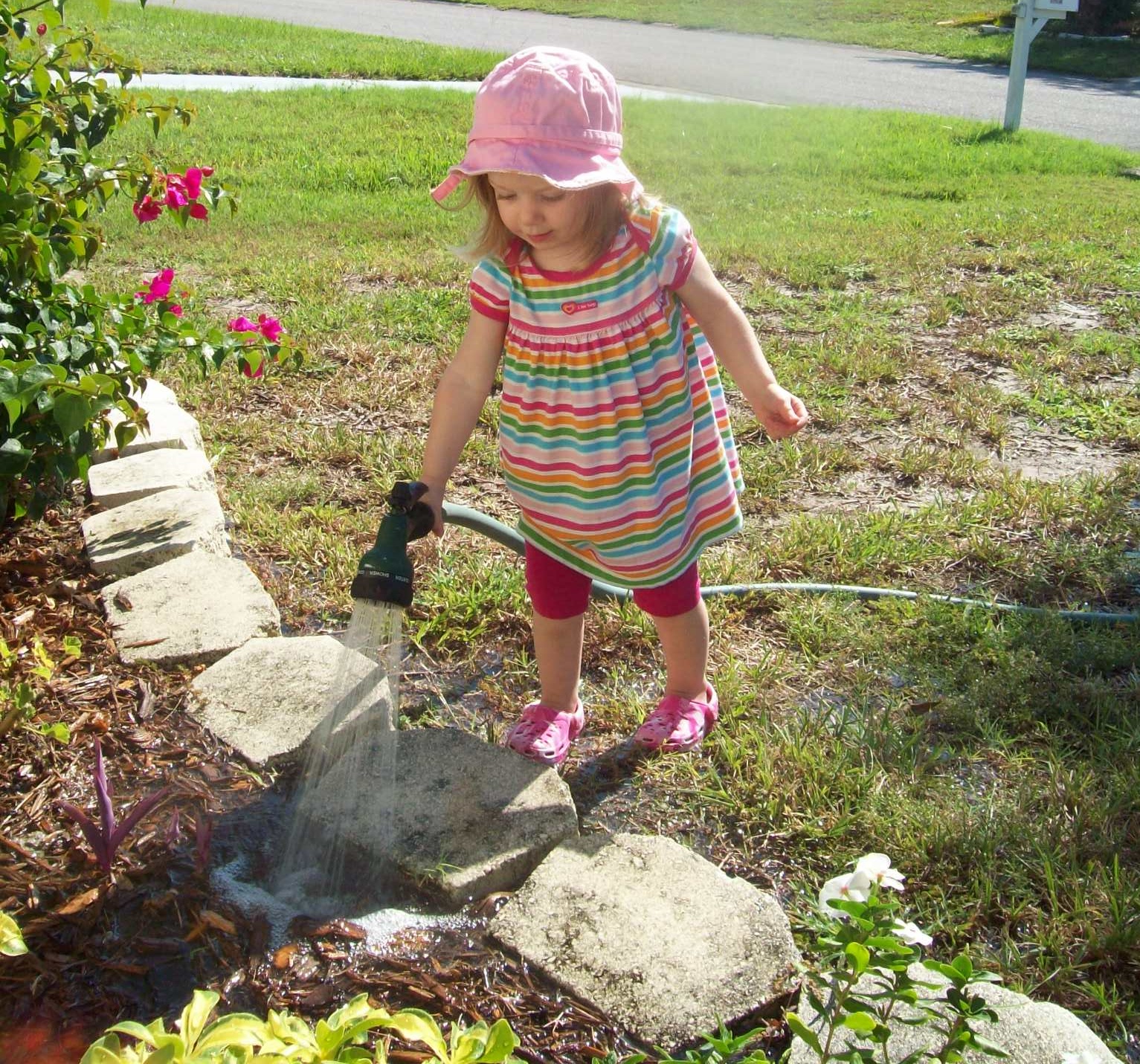The first time my child rolled over while sleeping, I was completely unprepared. It felt way too early to me!
She had a tough time rolling over from her belly to her back, which was the most challenging aspect. She was very disappointed that she couldn’t get up from her stomach.
You can imagine how she expressed her dislike of being swaddled. Our swaddled, safe baby started rolling in her sleep and crying during naptime and at night.
Don’t worry if your baby cries when they roll over while sleeping. Here are some guidelines for dealing with a baby who rolls over in their cot securely and successfully.
I can help you through the rough time of your baby rolling in his sleep.
What happens if my baby rolls onto their stomach while sleeping?
Knowing the timelines of each developmental milestone will help us to prepare for our new baby and know what we can expect. In reality, babies develop at their own pace!
As soon as the neck and core of an infant are strong enough, they can roll over. This happens for many babies between 2-4 months.
It doesn’t matter if your baby rolls early, late, or “right on schedule,” it is nothing to be afraid of! This is a normal part of your child’s growth.
To ensure your baby’s safety and comfort, you may need to change the sleeping environment.
It’s important to understand that your baby is capable of rolling when they sleep.
Your baby may roll over the first time when they are playing or doing tummy time.
It’s possible that the first roll will occur while your baby is asleep in his crib. However, it’s much more likely to happen when they are alert and active.
It could be weeks before you see your baby roll over again. Just knowing they have done it will allow you to make the necessary changes in order to keep them safe if they do roll over while sleeping.
How to prevent your child from rolling over while sleeping
I am an infant sleep consultant, and following safe sleep guidelines are my top priority. My clients are always encouraged to follow the ABCs for safe sleep.
I want to encourage your baby’s development and independence! This means accepting the role even if your baby ends up in a different position when they sleep.
After all the “back is the best!” talk, it might be a little scary when your baby turns onto his stomach as he sleeps.
We’ll discuss some things you can do to help reduce the harm your baby may suffer when he or she rolls over while sleeping.
Secure Sleep Surfaces Only
You’re probably following safe sleeping practices if you’ve followed my advice ever since you brought your baby home.
Please remember that the surface on which your baby sleeps should be flat, firm, and enclosed.
You should avoid letting your baby fall asleep in a slanting position, especially once they start rolling (like a car seat that is not buckled or recalled Rock N Play ).
If your baby starts to roll over while sleeping in the bassinet, this means that they are too large for the bassinet. It’s now time to move them into a crib.
Say goodbye to the Swaddle.
As soon as your baby rolls for the first, it is time to remove them from a swaddle. You should remove your baby from the Swaddle even if they start to roll.
Your baby must have free hands and arms if he or she rolls onto his stomach when sleeping. You’ll want to leave their hands free so they can roll back or move their head to one side to breathe.
Sleep sacks are a great way to encourage your baby to sleep by incorporating them into the bedtime ritual. You can easily transition from a wrap to a sleeping sack, which frees your baby’s hands.
Keep the sleeping area free of bumpers and bedding.
Soft items in your baby’s crib are even more dangerous now that they can move about in them.
Check that there aren’t any bumpers or blankets hanging loose in your baby’s crib. Your baby’s crib should not have any loose bedding. Wearable blankets can help keep your child warm at night.
Continue to put your baby to sleep on their back.
Even if your child can now roll over, you should still put them down on their back to sleep.
It’s fine if your baby wants to roll. You should still place your baby on his back until he is 12 months old, as it has been proven to be the safest position.
My daughter flopped over immediately after we placed her in the crib. We continued to place her on her back to reduce the risk of SIDS.
How do I stop my baby from rolling over in his sleep?
It can be a shock to your baby when they roll over on their stomach. The first few times your baby rolls over in their sleep, they may be upset.
What can I do when my baby cries in the middle night because they roll over?
It’s vital for your child’s development and safety to not try to stop him from rolling.
Avoid swaddling, strapping down, or using other anti-rolling measures to stop your baby from rolling. The American Academy of Pediatrics does not recommend these anti-roll products or sleep positioners.
It is dangerous to try and stop them from moving freely while they are sleeping. The risk of Sudden Infant Death Syndrome is too high.
You should let your baby roll over as soon as they are able to do it naturally.
Even when lying face down, if they can roll over, then they will have the strength to turn their heads to breathe.
Merlin Sleep Suit: How to Use it
When their baby is unable to settle on the belly and starts rolling, some parents switch to the Merlin Magic Sleepsuit.
It can be difficult to get out of Merlin.
You should definitely stop using the Merlin sleepsuit once your baby is able to roll. The suit is not safe for the baby to roll in.
Sleep training when your baby rolls over in their sleep and cries
You can help your child get used to this new skill by helping them to get back to sleep.
Your baby may wake up crying when they first learn to roll. This can cause sleep regression. You can go into their room and comfort them. Then, place them back on their back.
You don’t have to flip the baby all night. It’s time to take a more organized approach if your baby keeps rolling over during the night and then waking up.
Sleep training is helpful when your baby’s sleep patterns are disrupted due to natural development or common sleep regressions.
It can be done in a formal method of sleep training or by using gentle methods while the child is lying down.
When your baby learns to roll over, I recommend using a modified sleep training method.
Sleep training’s goal is to teach your baby to find a sleep position that they are comfortable in and can use to self-soothe. You can reassure your child that they can still fall asleep even if they have rolled.
It’s perfectly fine to comfort your baby in this position if you’re using a method that doesn’t require picking up your baby.
Is it safe to use sleep sacks for babies who can roll over?
Once your baby starts rolling on their stomach, it is perfectly safe to place them in a sleeping bag. The sleep sack allows them to use their arms free so that they can flip over or reposition so that they can breathe.
The sleeping bag also doubles as a blanket. You don’t need to worry about loose objects falling on your baby’s face when they are sleeping.
Check out this list of the best baby sleeping sacks!
Can babies roll on their stomachs while sleeping?
It is okay for your baby to sleep on his stomach if he rolls over during sleep.
It may seem strange to you after months of sleeping your baby on his back!
Once your baby has the strength to roll onto its stomach, it will also be able to move its head to one side and breathe.
During the first year, you should always place your baby on its back to sleep. With the ability to roll, your baby can choose the position that is most comfortable for them.
Your baby’s ability to roll over while sleeping is one of their first signs of independence.
It’s only temporary. If your baby cries when they roll over during sleep, it is just a temporary setback. Even a few minutes a day of tummy time can be helpful. Pretty soon, they will also be able to flip themselves the other way!
If you are concerned about the safety of your baby’s sleeping position, check with your doctor.





